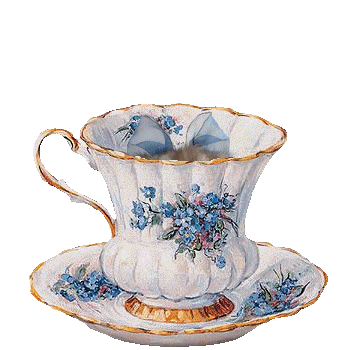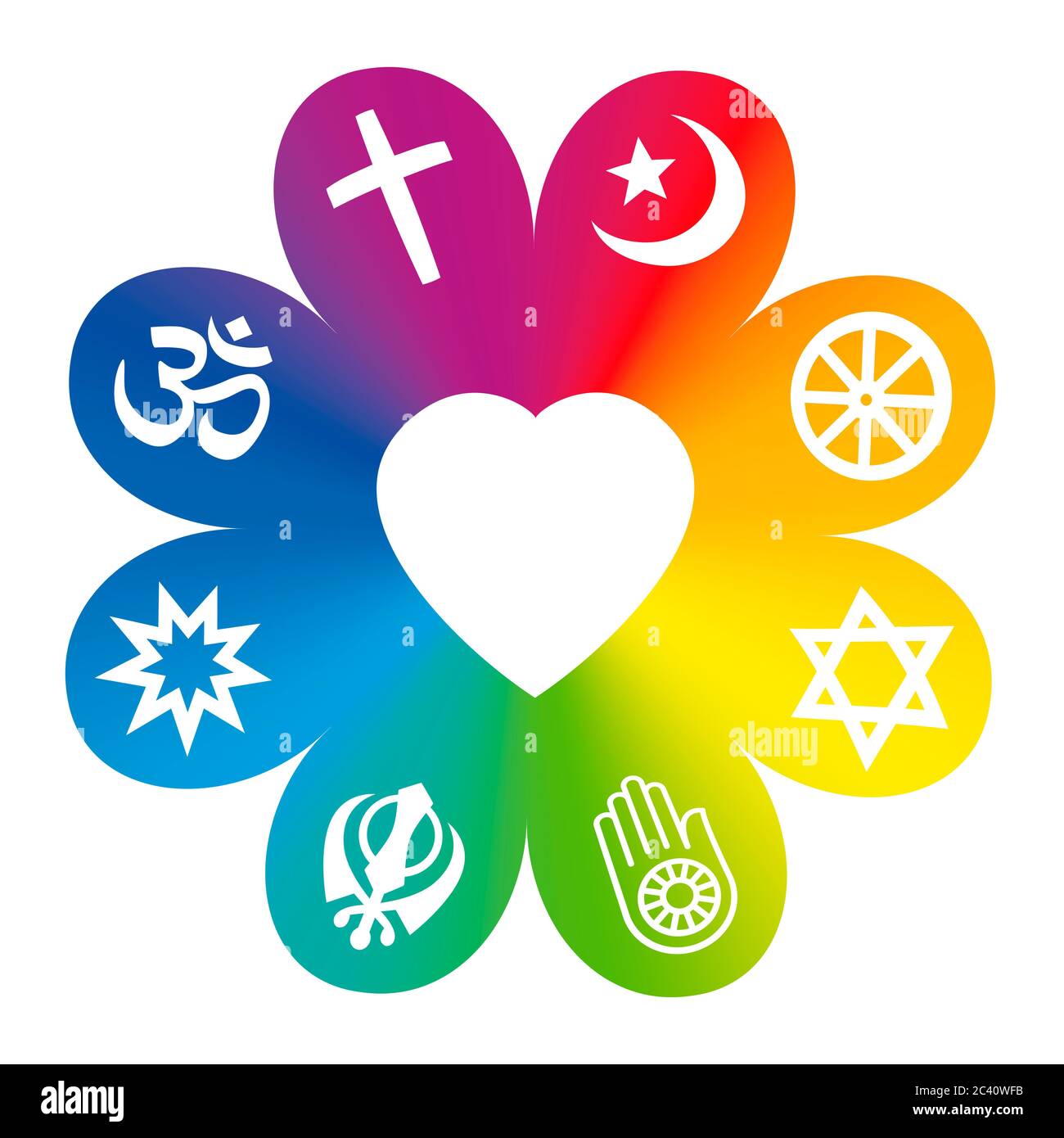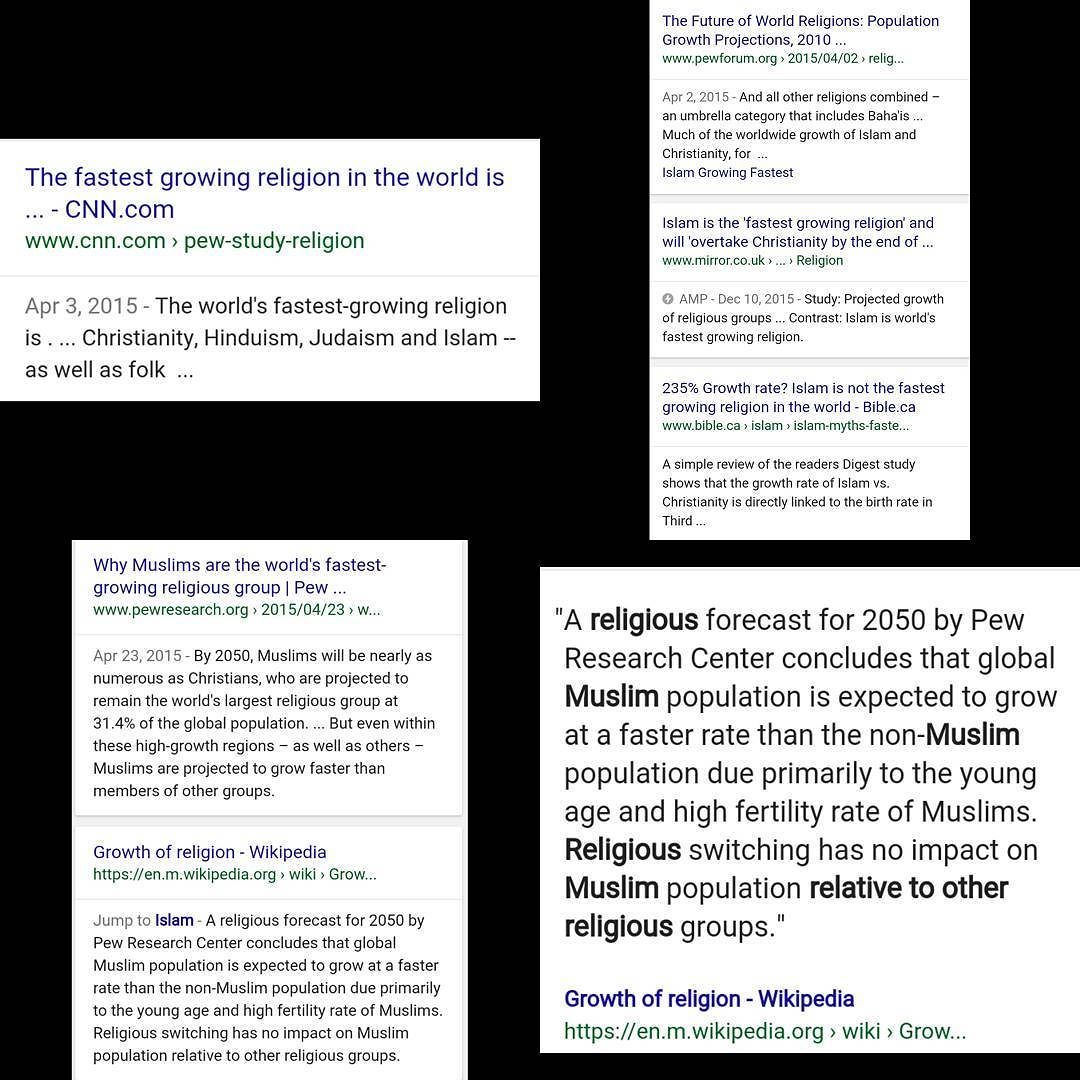The Tradition of Martial Arts Among Monks: History, Practice, and Modern Relevance
Introduction: The Enduring Link Between Monastic Life and Martial Arts
Throughout history, the image of a monk practicing martial arts has captured the imagination of people worldwide. This tradition, rooted in both spiritual discipline and practical necessity, is most famously embodied by the Shaolin monks of China, but extends across various Buddhist and monastic communities in Asia. The practice of martial arts among monks is not merely about combat skills; it is a holistic discipline that intertwines physical fitness, self-defense, spiritual growth, and cultural heritage.

Source: ssissimon.blogspot.com
Historical Origins: Why Did Monks Begin Practicing Martial Arts?
The origins of martial arts among monks are both practical and spiritual. In many historical contexts, monks needed to travel long distances to fulfill their religious duties, often through dangerous territories where they faced threats from bandits and wild animals. In Korea, for example, Buddhist monks developed martial techniques to protect themselves while performing their roles as ‘beggar monks,’ collecting food and offerings for their monasteries and supporting local communities [1] . This need for self-defense catalyzed the development of highly structured martial systems within temple communities, which influenced not only monastic life but also the formation of elite warrior groups and even royal court martial traditions.
In China, the Shaolin Monastery is legendary for its association with martial arts. While the precise origins are debated, historical records confirm that, as early as the Sui dynasty (6th-7th centuries), Shaolin monks were practicing organized fighting systems and even participated in military conflicts, such as the defense of their temple and the Battle of Hulao in 621 AD [3] . These skills were both a practical tool for survival and a means of serving their communities and rulers during times of upheaval.
Myth and Reality: The Bodhidharma Legend
A popular narrative credits the Indian monk Bodhidharma with introducing martial arts to Shaolin monks as a form of exercise to support meditation and spiritual practice [2] . While this story has become central to martial arts folklore, historical evidence suggests it is a relatively modern invention, first popularized in the early 20th century [4] . Earlier writings mention both Bodhidharma and martial arts but do not connect the two. Nonetheless, the legend underscores the perceived link between physical and spiritual discipline, a theme that remains central in monastic martial arts training.
Martial Arts as Spiritual Discipline
Monastic martial arts are not merely about fighting-they are a form of moving meditation and a path to spiritual development. The rigorous training improves physical health, cultivates self-discipline, and sharpens the mind, all of which are viewed as essential qualities for pursuing enlightenment. For Shaolin monks, the integration of martial arts and Chan (Zen) Buddhism creates a unique system where every movement is both a physical exercise and a meditative practice [2] . This holistic approach helps practitioners cultivate inner peace, resilience, and compassion.

Source: mimundomanualyartistico.blogspot.com
Other Buddhist traditions, such as those in Korea, adapted martial arts as part of their ethical and spiritual regimen. The training of the Hwarang and Soo Sah, warrior-monks and noble sons, combined moral codes with martial excellence, influencing military and monastic institutions for centuries [1] .
Notable Examples: Shaolin and Beyond
The Shaolin Temple is the most renowned example of monastic martial arts. Shaolin Kung Fu, with its diverse techniques and deep philosophical underpinnings, became symbolic of the connection between body, mind, and spirit. Historical records show that Shaolin monks contributed to military campaigns and defended their monasteries, earning respect and recognition from emperors and commoners alike [3] .
In Korea, the influence of monastic martial arts extended to the royal courts and military academies, helping to shape the warrior culture and ethical frameworks that defined successive generations [1] .
Modern Practice: Monks and Martial Arts Today
Today, monastic martial arts remain an important cultural and spiritual tradition. The Shaolin Temple continues to attract students from around the world who seek to train in Kung Fu and experience the monastic lifestyle [2] . Many Buddhist temples in China, Korea, and other countries offer martial arts as part of their programs for both resident monks and lay practitioners.
While not all monks practice martial arts, those who do often emphasize its role in building character, promoting health, and fostering a sense of community. Public demonstrations and competitions help preserve these traditions and introduce them to new generations. If you are interested in learning from authentic monastic martial arts schools, you can research established institutions such as the Shaolin Temple (China), Kuk Sool Won (Korea), or other recognized Buddhist martial arts associations. Consider searching for local dojos or cultural centers affiliated with these traditions, or visit official monastery websites for more information on training opportunities and retreats. When exploring options, ensure the legitimacy of the organization by checking for official accreditation, reading reviews, and contacting the institution directly for details on programs, schedules, and requirements.
Getting Involved: Steps to Experience Monastic Martial Arts
If you are inspired to explore monastic martial arts, here are some steps you can take:
- Research Reputable Institutions: Look for established temples or martial arts organizations with a documented history and verified credentials. Use search engines to find the official websites of the Shaolin Temple or World Kuk Sool Association.
- Contact Training Centers: Reach out via email or phone to inquire about programs for visitors, lay practitioners, or prospective monks. Many centers offer short-term workshops, long-term training, or cultural immersion experiences.
- Attend Local Classes: Many cities have martial arts schools that offer Shaolin Kung Fu or similar disciplines. Look for accredited instructors and ask about their lineage and training background.
- Participate in Retreats: Some monasteries and cultural organizations host retreats where participants can experience a blend of meditation, martial arts, and monastic living. Search for ‘Shaolin martial arts retreat’ or ‘Buddhist temple martial arts training’ to find current offerings.
- Verify Credentials: Always confirm the authenticity of any organization you plan to join. Check for reviews, affiliations, and official recognition to ensure you receive genuine instruction.
If you are unable to visit in person, many reputable institutions offer online classes or informational resources. However, hands-on training with a qualified instructor is essential for developing proper technique and understanding the philosophical aspects of the practice.
Potential Challenges and Considerations
Engaging in monastic martial arts requires dedication, patience, and openness to both physical and spiritual growth. Training can be physically demanding, and traditional methods may differ significantly from modern gym-based martial arts. Language barriers, cultural differences, and the need to adapt to monastic routines can also pose challenges for newcomers. To overcome these obstacles, approach the experience with respect, humility, and a willingness to learn from seasoned practitioners.
It is important to distinguish between authentic monastic martial arts and commercialized versions that may lack the depth or spiritual context of the original traditions. Always seek guidance from reputable sources and consider consulting with cultural experts or scholars for additional insight.
Alternative Approaches: Integrating Martial Arts and Mindfulness
For those interested in the meditative aspects of martial arts, many modern schools incorporate mindfulness and philosophical teachings alongside physical training. Tai Chi, Qigong, and other internal martial arts emphasize slow, deliberate movements and breath control, making them accessible alternatives for individuals of all ages and fitness levels. These practices offer health benefits, stress reduction, and a deeper connection to one’s body and mind.
If you are seeking a community-oriented approach, consider joining local meditation groups, yoga studios, or wellness centers that integrate martial arts principles into their programs. While these environments may not replicate the full monastic experience, they provide valuable opportunities for personal growth and community engagement.
Conclusion: The Legacy of Monastic Martial Arts
The tradition of martial arts among monks is a testament to the enduring power of discipline, compassion, and resilience. Whether pursued as a spiritual journey, a form of self-defense, or a path to physical well-being, monastic martial arts continue to inspire and transform lives around the world. By honoring the roots of these practices and seeking authentic instruction, individuals can connect with a rich heritage that bridges the gap between ancient wisdom and modern life.
References
- [1] The World Kuk Sool Association (n.d.). Buddhist Martial Arts: Historical development and influence in Korea.
- [2] Shaolin Temple (n.d.). The History of Shaolin Warrior Monks.
- [3] Wikipedia (2023). Shaolin Kung Fu: Origins and historical significance.
- [4] Wikipedia (2023). Shaolin Monastery: Historical sources and legends.
MORE FROM cheerdeal.com













